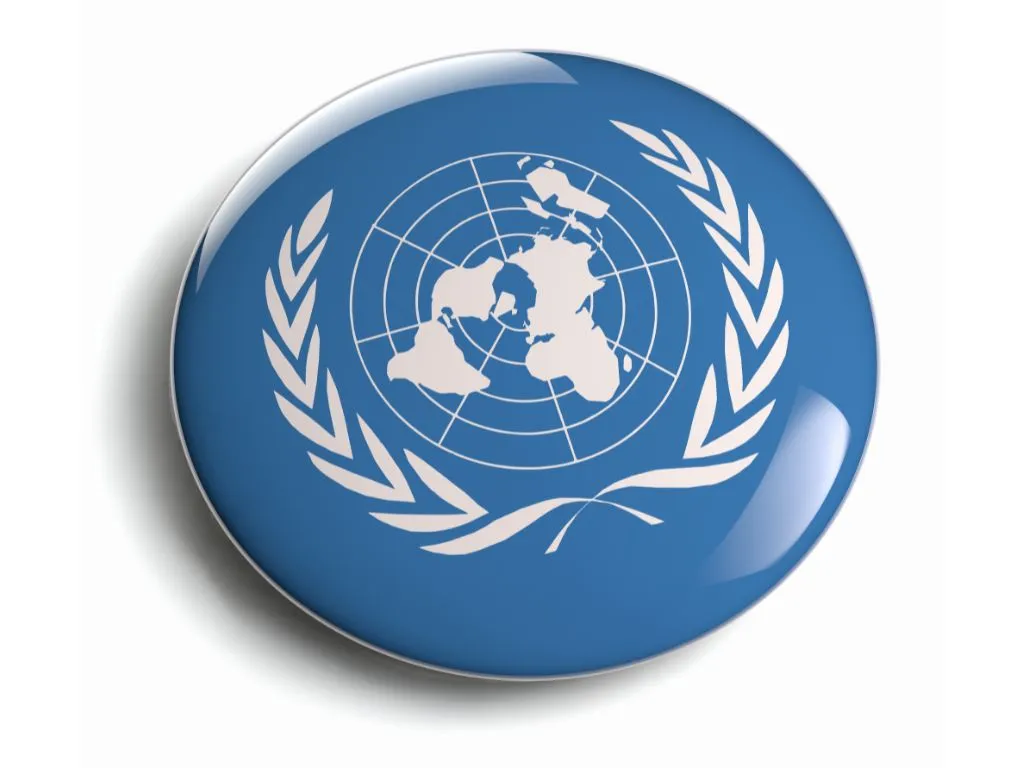News Details

Minamata Convention COP-5: Important steps towards eliminating mercury pollution
At the fifth meeting of the Conference of the Parties to the Minamata Convention (COP-5), significant progress was made by adopting 21 decisions to further protect human health and the environment from the harmful effects of mercury. COP-5 was held in Geneva from 30 October to 3 November 2023 and the meeting attracted more than 800 participants and 900 online viewers.
Background on the Minamata Convention
The Minamata Convention on Mercury, adopted in 2013, is the most recent global agreement on environment and health. It is named after the bay in Japan where, in the mid-20th century, mercury-contaminated industrial wastewater poisoned thousands of people, causing severe health damage that became known as the “Minamata disease”. Since the Convention entered into force on 16 August 2017, 147 Parties have been working together to control the supply and trade of mercury, reduce mercury use, emissions and releases of mercury, raise public awareness, and build the necessary institutional capacity.
Decisions taken at COP-5
New phase-out dates:
-
By 2025, the use of all mercury-added cosmetics must be phased out, with the exception of products intended for use around the eyes area due to the unavailability of safe substitute preservatives. This includes skin-lightening soaps and creams.
-
Certain batteries, switches, relays, and fluorescent lamps will be phased out between 2025 and 2027, depending on the type.
-
The use of mercury as a catalyst in polyurethane production will be phased out by 2025.
Dental amalgam:
-
Parties that have not yet phased out dental amalgam will now be required to submit a national action plan every four years on their progress in phasing out or phasing down dental amalgam.
-
Further action on dental amalgam will be considered at COP-6 in 2025.
Mercury waste:
-
Guidance on BAT (best available techniques) and BEP (best environmental practices) for controlling mercury releases to land and water was adopted.
-
Parties were encouraged to continue to advance their efforts to control mercury emissions to the atmosphere and to develop emission inventories.
-
A threshold value of 15 mg/kg total mercury concentration was established for for waste contaminated with mercury or mercury compounds.
Artisanal and small-scale gold mining (ASGM):
-
Advocate for greater involvement of indigenous peoples and local communities in Convention projects on artisanal and small-scale gold mining, to promote broader participation.
-
The importance of protecting and strengthening traditional livelihoods and cultural practises was highlighted and further action was called for in the development and implementation of National Action Plans.
Conclusion
This progress at COP-5 underlines a collective commitment to a healthier, more sustainable future and marks critical steps forward in the global fight against mercury pollution. The decisions taken not only reflect immediate actions but also set the stage for ongoing strategies, emphasising the importance of continued cooperation and commitment to environmental protection.
We acknowledge that the above information has been compiled from United Nations.

 Twitter
Twitter
